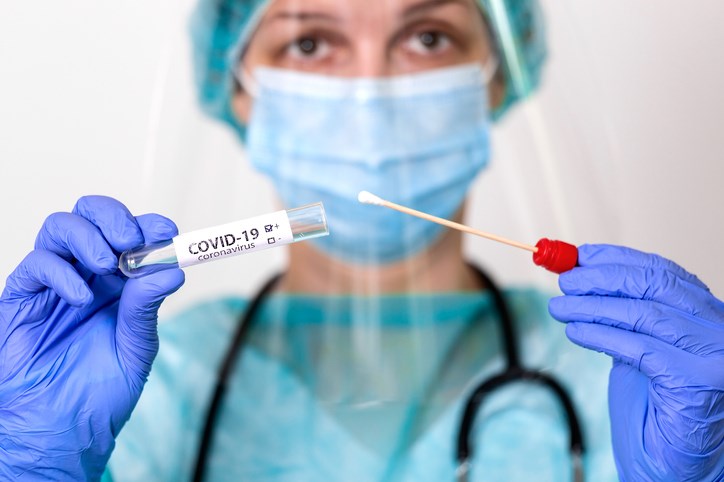REGINA — Some health care staff will be returning to their regular positions in November, as the Saskatchewan Health Authority looks to reverse COVID-19 redeployment assignments.
During an update from the Provincial Emergency Operations Centre on Nov. 4, operations lead Marlo Pritchard said that as daily case numbers decline, officials are working to begin sending some health care staff back to their regular positions as early as mid-November.
“The reality is, we are at a point where we have resources that can be redeployed back to their home units to resume services,” said Derek Miller, SHA chief of emergency operations.
More than 860 staff within the SHA were redeployed from various service areas to prop up the acute care system in the province, confirmed the PEOC.
Additionally, over 350 service areas were slowed down within the health authority, including 250 partial slowdowns and 85 complete shutdowns of services.
Approximately 26,000 surgeries have been cancelled or delayed since March 2020, as a result of service slowdowns. The health authority says it may take at least a year to begin working through the province’s current wait list.
Beginning as soon as next week, the health authority is aiming for 90 per cent of the 450 staff who were reallocated to help with contact tracing to return to their normal operations by the end of November.
Miller said that the current priority is to return staff to community, youth and pediatric services to allow resumption.
Once this stage is complete, PEOC operations lead Marlo Pritchard said focus will then turn to staff who were redeployed to aid with acute care services and immunization clinics.
Pritchard said that he couldn’t detail future steps in the plan, as further staff returns will be dependent on the level of COVID-19 care needs still in play.
Continued evaluation of acute care and contact tracing capacity will be ongoing, said Pritchard, and will play a large role in the timeline for this return to regular staffing.
“We will respond as the situation dictates it,” said Pritchard.
Miller said any concerns that removing staff from contact tracing efforts will cause an increase in delays for residents are unnecessary, as the province will be evaluating service needs before making decisions.
Third party providers could also be called in to supplement contact tracing work, said Pritchard.
Chief medical health officer Dr. Saqib Shahab said that residents will have to continue to exercise caution and follow safety recommendations, in order to lower transmission.
“As our case numbers go down, that relieves some pressures on our contact tracing capacity and allows for some ability to redeploy staff who were pulled [from other services],” said Shahab.
He urged residents to take extra care with masking and limiting social contacts, as the province heads into winter and increased indoor interaction.
“These are critical things that we need to look at closely as we move forward,” said Shahab. “We need to do everything we can to keep our case numbers low.”


